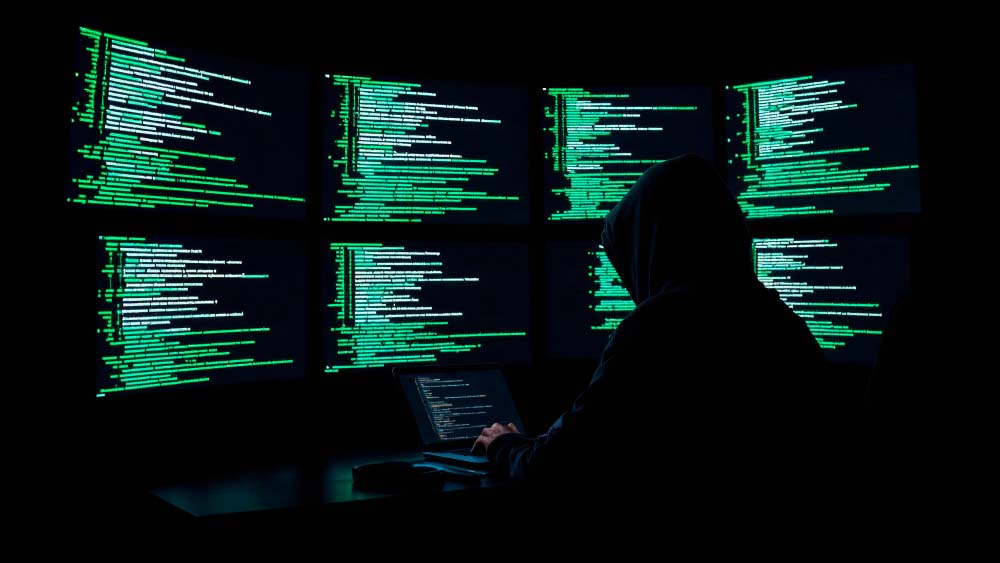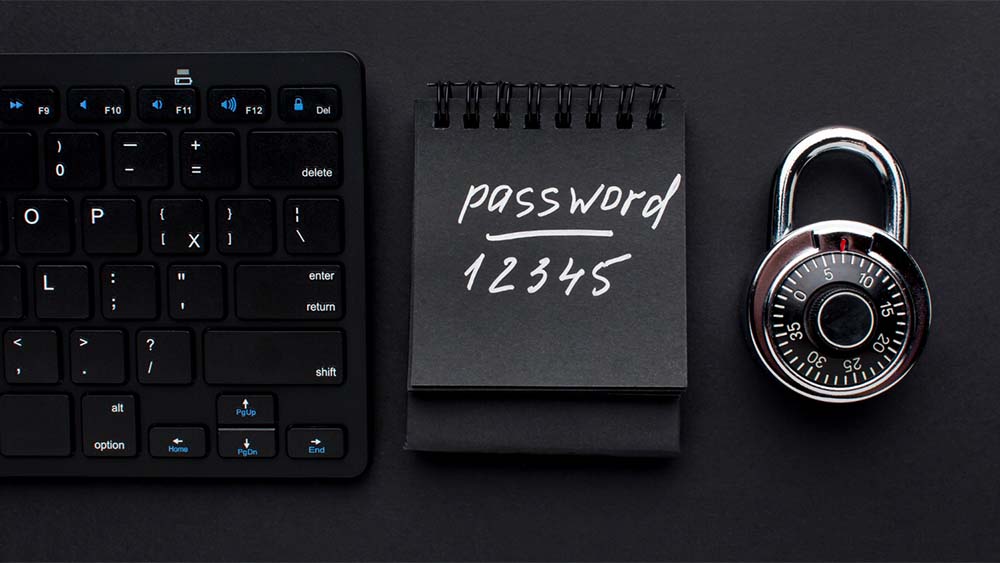In 2025, the technology of deepfake has grown from being a novel to an effective weapon for cybercriminals. Utilizing advances technology in AI, cybercriminals are employing hyper-realistic synthetic media, including audios, videos and pictures to deceive fraud, and manipulate people as well as organizations. This post explains the use of deepfakes in cyberattacks, which sectors are that are most vulnerable, and the strategies to protect against this ever-growing threat.
The Mechanics of Deepfake Cyberattacks
Deepfakes are fake media created by AI that convincingly imitates real-life appearance and voices. Cybercriminals employ the tools in order to
-
Impersonate executives Attackers create authentic films or recordings featuring CEOs and CFOs instructing employees on how to authorize wire transfers or divulge sensitive information.
-
Conducting Vocal Phishing (Vishing): AI-generated voices are employed to impersonate trusted people and convince victims to divulge private information over the phone.
-
Make Video Calls Hackers make video calls using AI-generated faces to convince people to reveal personal details or doing things that they normally wouldn’t.
-
Generate fake content to spread misinformation Deepfakes are employed to fabricate news or social media posts to influence public opinions or to damage reputations.
Real-World Incidents and Statistics
The rapid growth of technology known as deepfake has led several highly-publicized incidents:
-
$5 Million fraudulent Transfer 2024: a British engineering company was victimized by a deepfake scam in which a worker was tricked into paying PS20 million when a fake video message impersonated the company’s CFO.
.
-
Rise in Deepfake incidents In the first quarter 2025, we witnessed the reporting of 179 fake incidents which is an increase of 19% in comparison to the number of incidents reported in 2024.
.
-
Deepfake-Related Increase in Fraud The fraud attacks involving Deepfakes have increased by 2,137% in the past three years with deepfakes being responsible for 6.5 percent of all fraud attempts
.
-
Affecting small businesses Recent Gartner study found the fact that 40% of the deepfake attacks used audio deepfakes and 36% utilized video. Small businesses are increasing becoming the victims of cyberattacks driven by AI.
.
Sectors Most Vulnerable to Deepfake Attacks
Certain industries are more prone to cyberattacks with deepfake –
-
Finance Sector Banking institutions and financial institutions are the most coveted target, and deepfakes are often that are used to approve fraudulent transactions or access sensitive financial information.
-
Healthcare Deepfakes are used to impersonate doctors, that can result in the unauthorised disclosure of patient information or the manipulation in medical information.
-
Government and Defense Deepfakes are utilized in espionage and to spread false information, as demonstrated by a sophisticated fake operation that targeted the office of a U.S. senator
.
-
Entertainment and Media celebrities have been impersonated in fake videos that promote fraud, and highlighting the use of fakes in defamation and fraud
.
Defensive Measures Against Deepfake Cyberattacks
To minimize the risks that come with deepfake technology people and organizations can employ different strategies:
-
Implement Multi-Factor authentication (MFA): Combining different verification methods can decrease the possibility of access being unauthorized even if biometric information has been compromised.
-
Use Deepfake Detection Tools Make use of AI-powered tools to identify fake content, like the Indian Vastav AI, which boasts 99percent accuracy when it comes to identifying fake media
.
-
educate employees as well as the general public Training on awareness will help people identify and react to scams that are based on deepfake, and reduce the chance of being a victim to these attacks.
-
Increase Biometric Security Utilize liveness detection and behavioral biometrics to make sure the biometric security systems don’t get faked by deepfake technology
.
-
Monitor and regulate AI Tools The companies must supervise their use of AI devices within their organization to avoid misuse and ensure the compliance with ethical standards.
Conclusion
As technology for deepfake continues to improve, the possibility of misuse in cyberattacks is growing exponentially. Companies must be vigilant by taking proactive steps to recognize and protect against threats posed by fakes. By being aware and well-prepared we can minimize the dangers presented by this advanced form of cyber-deception.








